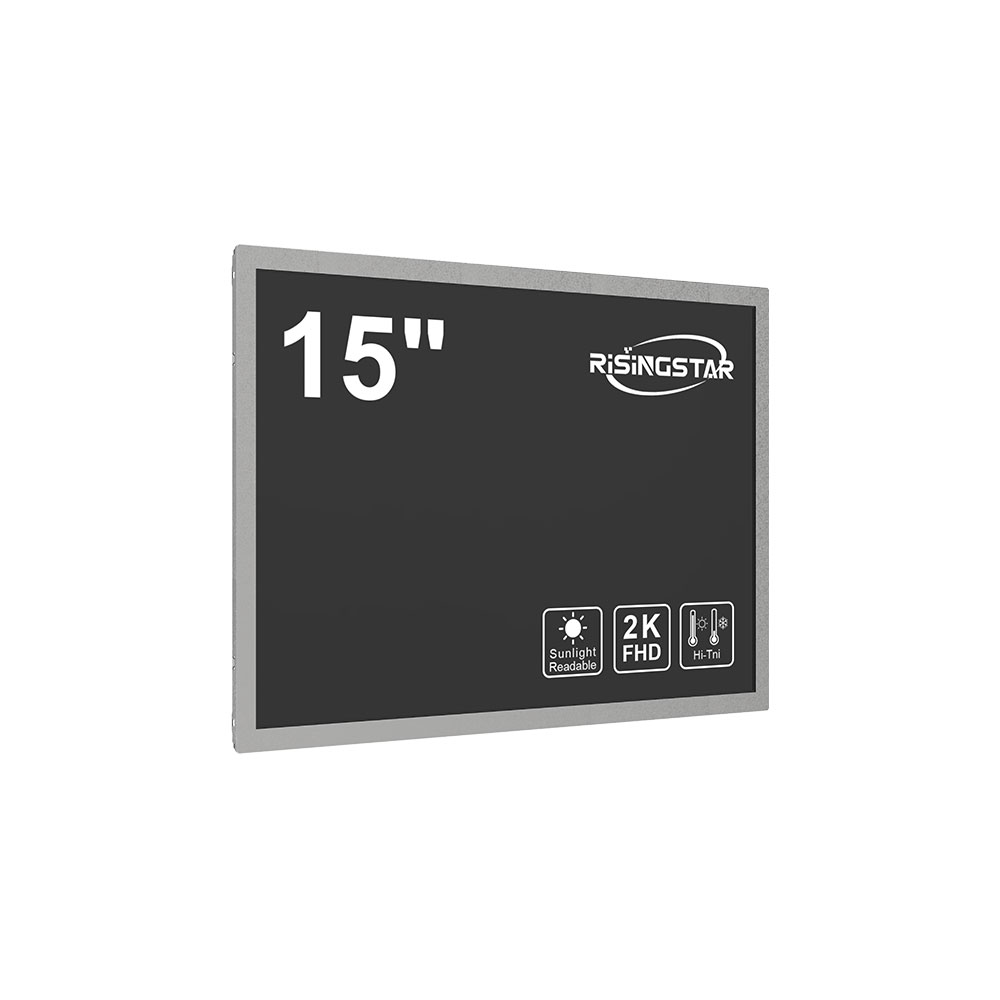In outdoor applications—such as industrial control panels, transportation systems, and public information kiosks—the ability of an LCD display to resist environmental stressors is critical. Among these, IP66 waterproof rating stands out as a benchmark for durability in harsh conditions. This standard, defined by the International Electrotechnical Commission (IEC 60529), ensures that a device is completely dust-tight (6) and protected against powerful water jets from any direction (6).
To achieve this level of protection in high-brightness LCD screens—often used in direct sunlight environments like solar farms, construction sites, or marine operations—engineers must implement a multi-layered design approach. First, the housing must be constructed from corrosion-resistant materials such as stainless steel or polycarbonate with sealed joints. Second, all seams, buttons, and connectors require gasketing using silicone or EPDM rubber to prevent ingress of dust and water. Third, the display itself must be integrated into a sealed enclosure with a tempered glass front panel rated for high optical clarity and impact resistance.

The backlight system, often the weakest point in traditional LCDs, must also be redesigned. For IP66 compliance, cold cathode fluorescent lamps (CCFLs) are typically replaced with LED arrays mounted inside a waterproof cavity, with potting compounds used to encapsulate electrical connections. Additionally, advanced thermal management strategies—like heat sinks and convection cooling—are employed to ensure the display operates reliably even under extreme temperatures ranging from -30°C to +70°C.
Real-world case studies from manufacturers like Crystalfontz and AML Display confirm that successful IP66-rated displays not only meet IEC standards but also exceed them in field testing. For example, a recent project in Dubai’s desert environment demonstrated that an IP66-rated high-brightness LCD maintained full functionality after 48 hours of continuous sandstorm exposure and heavy rain—conditions that would render non-rated units inoperative within minutes.
Moreover, compliance with IP66 does not compromise performance. These displays still deliver up to 5,000 nits of brightness, ensuring visibility under direct sunlight while maintaining energy efficiency through adaptive dimming technologies. In short, achieving IP66 waterproof rating in high-brightness LCDs requires meticulous engineering—but it’s essential for reliability in real-world outdoor deployments.







